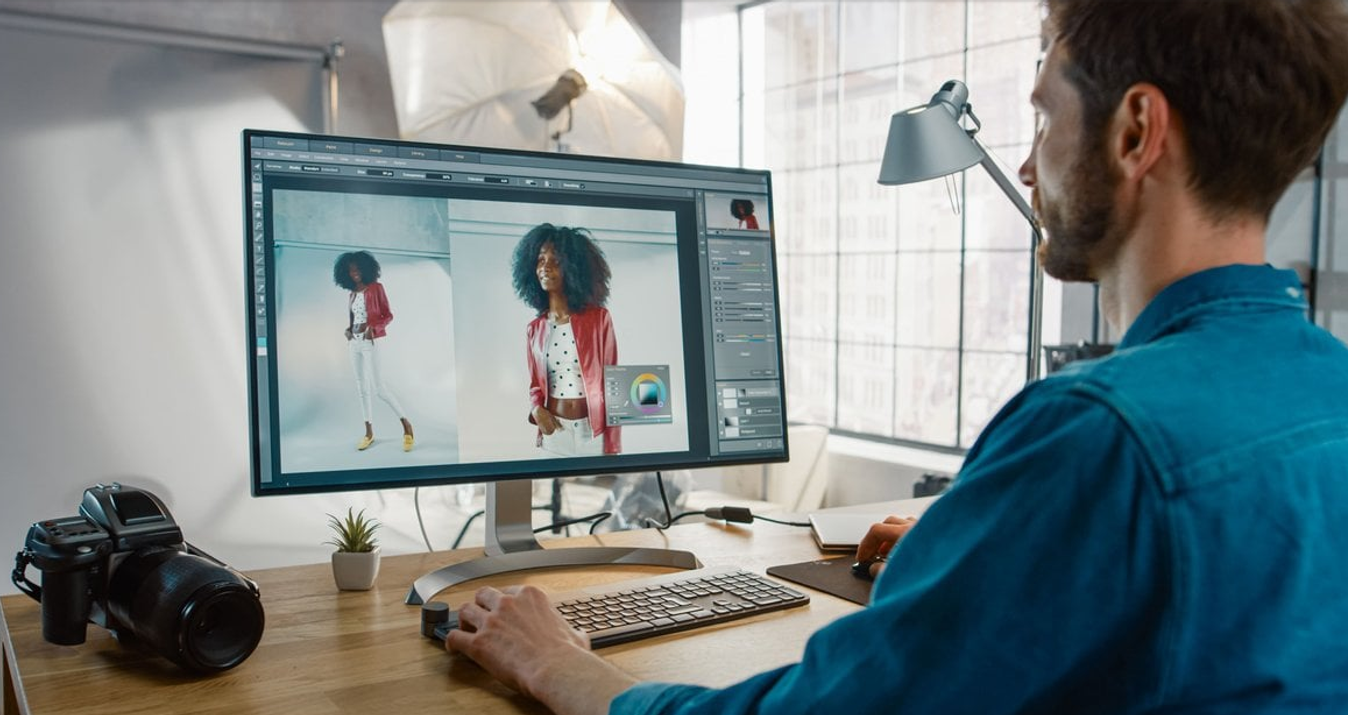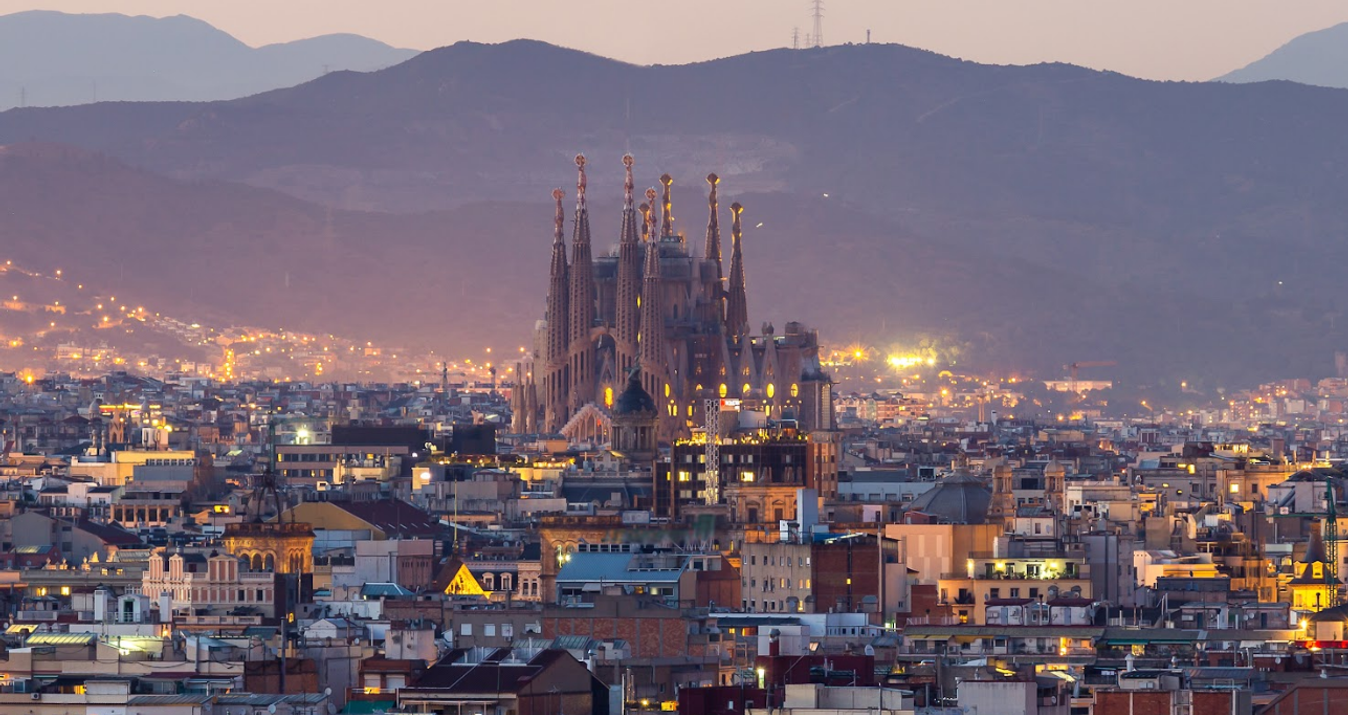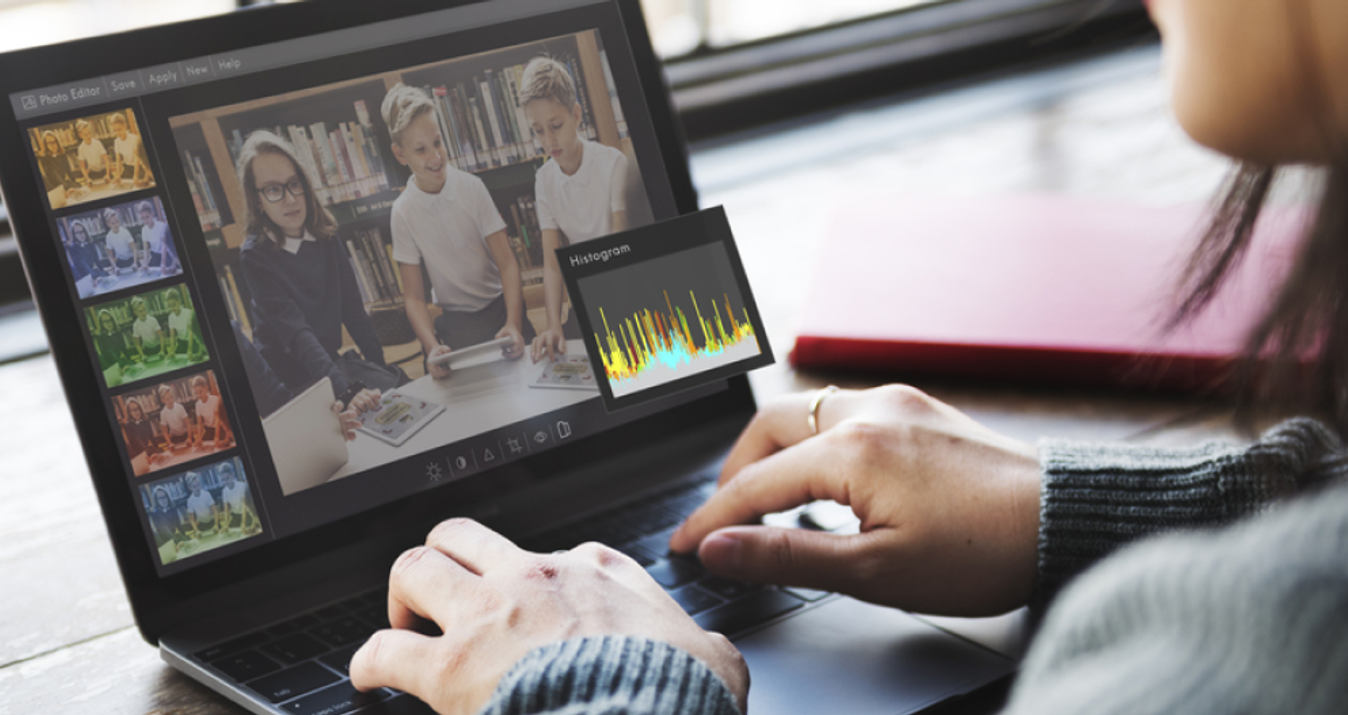All About Editorial Photography: The Beginner's Guide
December 22, 2022

Your hobby is photography, but would you like to turn it into a high-paying job? If so, our little tutorial on editorial photography will be helpful.
 We will tell you what editorial photography is, why you need it, and what the requirements are for it. One of the reasons is that buyers can not use any beautiful images in their advertising projects, only from some limited places. These are the pictures that we will talk about. This type of photography is intended for editorial photography ideas and use, which does not require permission from the person in the picture, such photos are sold at photo stocks under Editorial-license. However, there are special requirements for editorial images. The image provided under the Editorial license may be used to illustrate news and chronicles. It can also be used to illustrate items of public value, including in the following areas: art, business, culture, health and fitness, lifestyle, social events, technology, and travel.
We will tell you what editorial photography is, why you need it, and what the requirements are for it. One of the reasons is that buyers can not use any beautiful images in their advertising projects, only from some limited places. These are the pictures that we will talk about. This type of photography is intended for editorial photography ideas and use, which does not require permission from the person in the picture, such photos are sold at photo stocks under Editorial-license. However, there are special requirements for editorial images. The image provided under the Editorial license may be used to illustrate news and chronicles. It can also be used to illustrate items of public value, including in the following areas: art, business, culture, health and fitness, lifestyle, social events, technology, and travel.
Photos sold by microstock sites with an editorial license are more limited in how and where they can be published, whereas commercial photos can be used more widely but there are more restrictions on their content.
The first question a newcomer has is: What is an editorial photo? An image sold with an editorial license can only be used in news or general publications, such as:
- textbooks;
- magazines;
- newspapers;
- blogs.
Difference Between Editorial and Commercial Photography
 The most important difference is that editorial photos do not require a model or property release form. You can send photos of people to your portfolio for editorial use without releases.
The most important difference is that editorial photos do not require a model or property release form. You can send photos of people to your portfolio for editorial use without releases.
If you send photos of people for commercial use, however, signed model releases are required.
The second difference is the use of brands. In editorial photography examples, the brands of clothing or equipment can be left off. In the commercial image, on the other hand, logos are a must. If the inspector sees any part of the brand, logo, or trademark, your photo will not be accepted. The next section will help you to understand the definition of editorial photography and its styles.
Styles of Editorial Photography
 There is no single style for the types of editorial photography. The photographer needs to interpret the story and express it in his way. This can be documentary photography or creating a scene in the studio. No one style of photography fits all editorials. Pick up a copy of Vogue or Vanity Fair, and you'll see a variety of different genres of photography on their pages.
There is no single style for the types of editorial photography. The photographer needs to interpret the story and express it in his way. This can be documentary photography or creating a scene in the studio. No one style of photography fits all editorials. Pick up a copy of Vogue or Vanity Fair, and you'll see a variety of different genres of photography on their pages.
The brief will influence the style of the final editorial shoot ideas. An article about a recent political event will require a more realistic style. A segment of an interview or biography will require something closer to portrait photography. Some editorial sessions are shot on intricately dressed studio sets. Other photographers need real locations for more candid editorial images.
Models also play a large role in editorial photo sessions. The images are stylized, and the models must match the style of the shoot and the story. The image should illustrate the article. The style of editorial photoshoots should match the content.
How Can I Get Started in Editorial Photography?
 You need to arm yourself with a certain amount of money that you are willing to invest in yourself.
You need to arm yourself with a certain amount of money that you are willing to invest in yourself.
- You should study what is editorial photography. Develop yourself aesthetically, and develop your taste. Attending master classes and courses. But you have to rely on practice, work, and professional growth. A photographer's progress is measured in a dozen shoots. It is also good to attend portfolio reviews, where you can get a professional look at your work.
- In addition, it is worth learning to say no. Do not tolerate disrespect for yourself. A professional does not take everything in a row and respects himself. The prestige of the photographer's profession is very low these days, because photographers are grabbing at everything in a row, not demanding that the customer complies with the terms of work, and they are going along with it.
- A good full-frame DSLR or mirrorless camera and 1-2 fixed focal length lenses will be good for you. I prefer 50 and 85 mm, I like Carl Zeiss optics. The minimum requirement for portrait photography is a DSLR or mirrorless camera with one fixed focal length lens. The aperture ratio can be f/2.8, better - f/1.8.
Editorial Portraits Photography: Tips and Tricks
 Each microstock has rules that you should read before you start working with the stock. There, you will see information about which photos the stock market accepts, and which you may not even try to upload.
Each microstock has rules that you should read before you start working with the stock. There, you will see information about which photos the stock market accepts, and which you may not even try to upload.
The law in most countries allows you to produce photography of anything you like from the public space. However, you must not infringe on the rights of others or violate their privacy. Taking pictures of military installations, power plants, and other important infrastructure can sometimes get you into trouble. Be sure to read the local laws before taking pictures.
Predicting how well editorial pictures can sell is very difficult. If you have a good photo of an interesting event or an event of international importance, it will probably sell well. If you were the only photographer to want to capture that amazing event, it will certainly sell better. However, these situations are extremely rare.
Carry your camera with you wherever you go, it will increase your chances of getting an interesting shot.
If you are in a foreign country, research the local holidays. Such photos will sell every year and used by magazines and newspaper editorial offices need to cover such events in advance.
If your home country is hosting a world-scale event, it is also worth taking pictures of this event, to show fans, tourists, and general celebration. In this case, it is better not to hesitate to send photos to the stock, because they are important here and now, while the event is still relevant. But there is a chance that these photos will be bought before the next similar event.
You need to build a small portfolio, analyze which examples of editorial photography sell more often, and be ready for the next event, knowing what the buyer needs. When describing editorial staff, follow the generally accepted format of "City, Region/Country - Month Day Year: Description. If the exact date is unknown, an approximate month and year, or an approximate year, may be given.
When creating the description, ask the following questions:
- Where and when was this picture taken?
- Who is in the picture?
- What is happening in the picture?
- How or why did this event happen?
- Add names, if necessary.
- Describe the actions in the present tense.
Editorial fashion advertising photography is the best place to start learning conceptual thinking. Designers don't sell individual pieces of clothing-they represent concepts. Clothes for the runway are not for sale. But the ideas they express make their way into street fashion.
Since the 1990s, the fashion industry has moved away from traditional advertising. Brands now have a logo-free approach to editorial fashion photography. It's no longer about clothes, it's about lifestyle. If you flip through Vogue, you'll see that it's not just a bunch of ads. You won't see the price tag on the editorial shoots. And you might have a hard time figuring out which brand the editorial belongs to. But the taking images are powerful and striking.
Photographers use visual language to tell a fascinating story. Every little detail is thought out. An editorial may only require one image, so it should say it all.
It's important to avoid stamps and stereotypes. When it comes to Paris, using an image of the Eiffel Tower might seem a bit ridiculous. Instead, it could be designed in the style of a French beer bar, for example. A single object could resemble a scene from a movie or book. The way the room is lit transports us to another time of year.
Locations also have this effect. Some scenes may evoke memories or have associations with a lifestyle or culture. The licensing of editorial like commercial photography is different. If an editorial photographer licenses photos for an editorial, they cannot use them for commercial purposes. They cannot use photos from a published editorial for advertising photos. Even if they are the same publication.
Editorial-licensed photos may later be used as stock photos.
When children learn to speak, they first repeat simple words after adults, then put them into phrases... Language is based on the repetition of constructions, and symbols. Creativity also works through repetition. Just as it is impossible to speak the language of Ernest Hemingway overnight, it is impossible to create a masterpiece with zero knowledge. It is important to repeat and feel repeatedly what has been done before. This is how scientific progress works, this is how even evolution works. You can't understand what is an editorial photoshoot if you don't see examples.
By the way, not all cultures mean creating new things through creativity. In Japan, for example, art is high craftsmanship in a particular field. This does not mean that it is necessary to repeat 100% of someone else's picture, but no one bans being inspired by the work of others to create your masterpiece.
How to Take Editorial Photos?
 Time in the studio will be limited, so you must be prepared to take the right shots. The concept must be clearly defined, and everyone must know their role.
Time in the studio will be limited, so you must be prepared to take the right shots. The concept must be clearly defined, and everyone must know their role.
The editorial photographer will not be the only one on the set. It can be a whole team of people. And they all follow the photographer's instructions. There may be set designers, types of models, and makeup artists, too. As the creative director, the photographer has to control everything, you have to make sure everyone knows what everyone needs to do. If the editorial style in photography will be on the road, there will be logistical issues. The staff will need transportation, and you can't guarantee that the weather won't change. Some people think, "Everything has already been shot before me, so I won't even take it. That's a pernicious approach. We are forced to think that art is always about something unique. But sometimes the recognition goes to the one who has put together the well-known elements in the best proportions. Don't be afraid to repeat the subjects, ideas, compositions, and approach to taking pictures after the photographers who inspire you.
Creativity is when one uses one's analytical and emotional faculties, to interpret what one has previously seen, realized, and experienced. At the stage of learning to take pictures, one way or another, you will have to copy a lot of things, and your approaches will be developed over time. So, creativity is what our brain has seen before, comprehended, and repeated in its interpretation. And to have a reference point, it is necessary to consciously form a vision. If your cultural outlook is limited to working life, soap operas, and social networking memes, it is unlikely that you will become a good photographer (even if you thoroughly mastered the technique of taking pictures). Have you ever seen a picture with a bride in the palm of your hand or a girl "holding" the setting sun? Banality? And for some people with no cultural baggage and minimal eyesight, it's a real creative revelation.
We are very lucky because through the Internet we have access to all the knowledge of the world. It's not worth wasting this opportunity on watching low-brow jokes and fake news. Visit gallery websites, see the work of artists and established photographers, and learn about their style and approach to photography that is used. Visit (and preferably more than once) the Tretyakov Gallery, the Hermitage, the Pushkin Museum, the Louvre, or, for example, the Old Masters Gallery in Dresden. In the works of the old masters, it is especially evident that they masterfully combined the techniques of work known to them with the subject, composition, and material. And the novelty came as if of its own accord, evolutionarily. Don't forget about the movies. There are a lot of incredible movies and even TV series that a photographer needs to see. The so-called "movies are not for everyone”. The authors put a little more into these films than the average person can understand.
When building up the cultural experience, you don't have to divide works into "like/dislike." Many people do not like, for example, Malevich's Black Square, but to know about the painting and what was happening to the visual arts in the early twentieth century, you must. How you feel about this or that work, it is better to decide after you have read it. The "I haven't read it, but I condemn it" technique doesn't work.
Try to evaluate films not only in terms of plot. Pay attention to the composition, the lighting, the colors, the staging, and the way the author conveys a mood. Often filmmakers pay more attention to this than telling a compelling story itself, which may not exist if it's not needed. Now that you understand what is an editorial shoot and how to do them let's move to the final words.
Post-processing editorial photos in Luminar Neo
A photo is something that attracted the attention of its author or is liked in reality. But what if he sees reality differently? In a photo, he can easily change reality with a tool like Luminar Neo! In it, you will be able to change the color and style of the sky in a couple of clicks with the special tool, remove a person who happened to be in the photo, or add some layers.
Conclusion
 This is not commercial photography or photojournalism. Editorial photography is a separate discipline. Publishers don't have big budgets to shoot editorial headshots. But they do give the photographer a lot of creative freedom. These photographers use their visual language to enhance the articles they work with. An editorial assignment must be completed, but the rules are usually vague.
This is not commercial photography or photojournalism. Editorial photography is a separate discipline. Publishers don't have big budgets to shoot editorial headshots. But they do give the photographer a lot of creative freedom. These photographers use their visual language to enhance the articles they work with. An editorial assignment must be completed, but the rules are usually vague.





